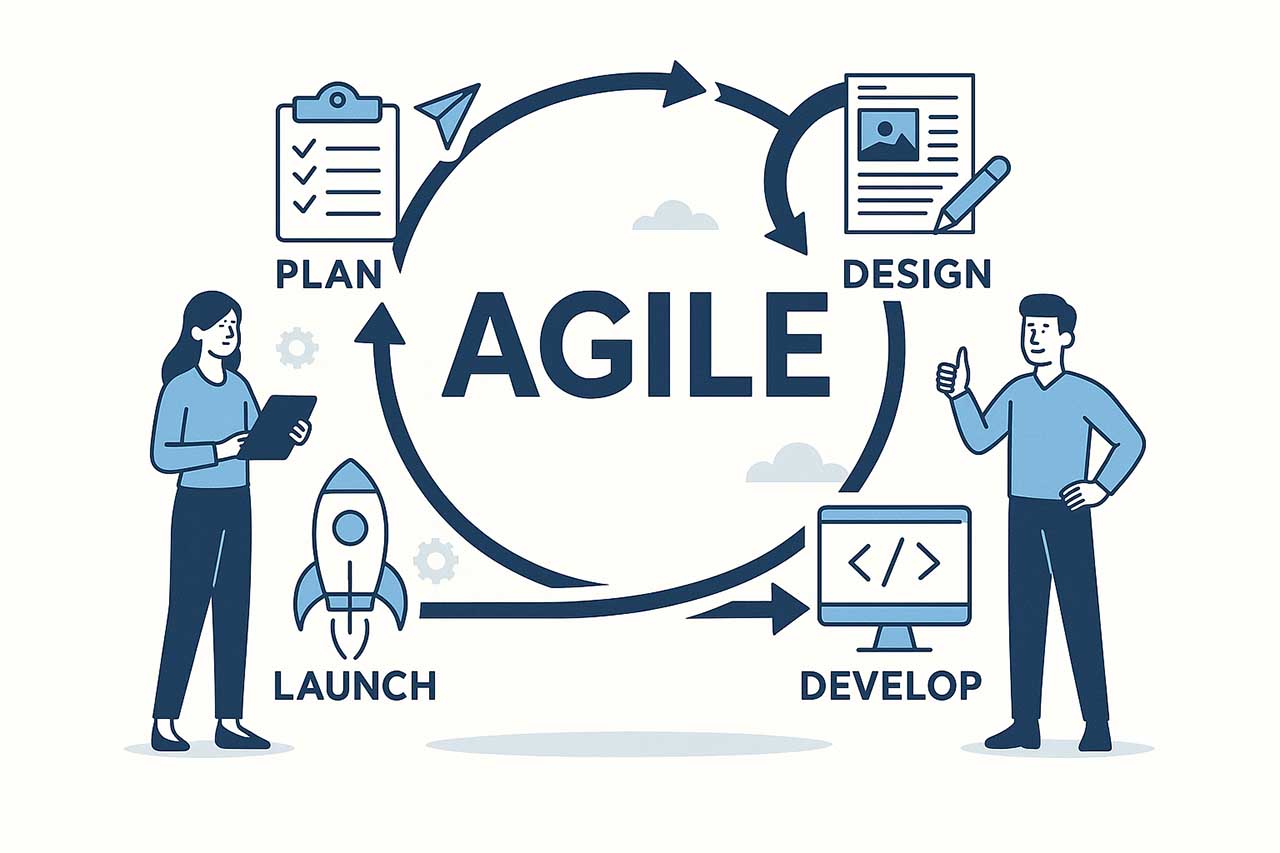System Analysis and Design
Define Your Projects Accurately, Enjoy Progressing with the Right Steps
The key to success in software projects lies in clearly defining the project scope. At Geobilgi, we offer a comprehensive system analysis and design consultancy service that strengthens the foundation of your projects. This ensures that your software requirements are fully met while maintaining an efficient process in terms of time and cost.
Why Are System Analysis and Design Important?
One of the most common issues in custom software projects is the lack of clearly defined requirements. Companies often collect proposals using a loosely written requirements document. However, each software vendor interprets this document from their own perspective, resulting in vastly different offers. This leads to major discrepancies in both costs and expectations once the project begins.

Poorly defined projects bring uncertainty, extra costs, and a high risk of failure:
- Unclear requirements → Different offers, confusion
- Incomplete definitions → Increased costs and delays
- Misunderstandings → Failed outcomes
Geobilgi’s Solution: Comprehensive and Accurate Project Definitions
With its system analysis and design service, Geobilgi identifies your needs in the finest detail. This allows you to receive precise and realistic proposals and manage your project from start to finish in a controlled and success-oriented way.
Steps of Our Consultancy Service
- Needs Analysis: We thoroughly examine your business processes.
- Scope Clarification: We define the boundaries of the project.
- Realistic Proposal: We provide accurate cost and time estimates.
- Smooth Process: We eliminate risks and unexpected costs from the start.

The Result: Successful Projects
In poorly defined projects, every step involves risk. With Geobilgi’s system analysis and design service, we minimize these risks and help you build your projects on a solid foundation.
To ensure your projects achieve success through the right steps, get in touch with us.
How Does the Process Work?
It starts by designing the system components and their roles. The processes, data, software, hardware, and of course, users that make up the system must be considered together. With the right and holistic approach, different technologies work in harmony, improving efficiency.
That’s why system analysis is perhaps the most critical stage of any software development project. It defines what will be done and determines the boundaries of the work. All visible and hidden costs are determined by the decisions made at this stage.
Meeting with only top management is never enough to understand customer expectations. We start by interviewing all users who will interact with the system and identifying their needs. At this stage, we use proven methods to speak the same language as our clients. Based on the notes and meetings we conduct during the analysis and design phases, we create UML diagrams.
To ensure that both our team and our clients have a shared understanding, we prepare a design report, review it together, and finalize the technical details of the project.
Defining the Business Process
We first listen to and then observe our client’s workflow on site. We take notes, collect forms, and model the data flow. We identify and diagram the client’s business process step by step. During this stage, we also gather new ideas the client contributes and determine the updated workflow.
Sometimes, our client is starting a new business and has not yet finalized all decisions. In such cases, we design a flexible structure that allows for changes and adapt seamlessly to the client’s evolving needs.
User Interface Design
Every application has users. Designing and developing interfaces through which users interact with software requires a distinct expertise and mastery of various technologies used in different types of applications.
Before developing any user interface, we create wireframes (draft sketches), share them with our clients, and discuss them in detail. The notes we take during this stage often reveal unspoken expectations. We then update the sketches accordingly and finalize the screen designs.

System Principles
Establishing principles for security, workflows, and similar topics enables initiative-taking and shortens the development cycle. When we need to make decisions about issues not discussed in meetings, we strictly ensure they align with these principles. These may cover various topics such as processing speed, password length, user permissions, data sharing, and file formats.
Cost Management
The development cost of a project is like the visible part of an iceberg. Calculating and reducing the total lifetime cost depends on the decisions made at this stage. Hidden costs are often the reason why many projects fail.
Hardware and Communication
A camera, temperature sensor, Bluetooth headset, or automatic door — all hardware components are controlled by software. Embedded software on devices can communicate with other software and become part of a larger system.
Data Processing
A word, an image, a number — whether individually or together — must be processed when needed. During storage, querying, and protection operations, there is no room for inexperience, as some mistakes are irreversible.